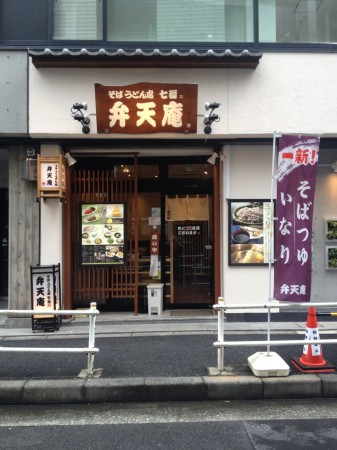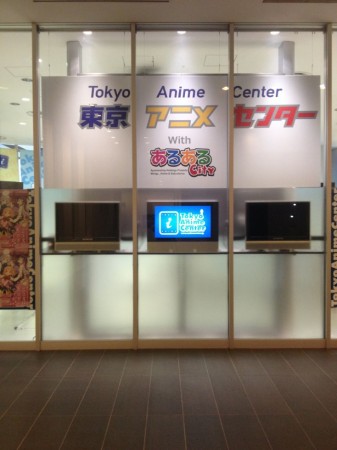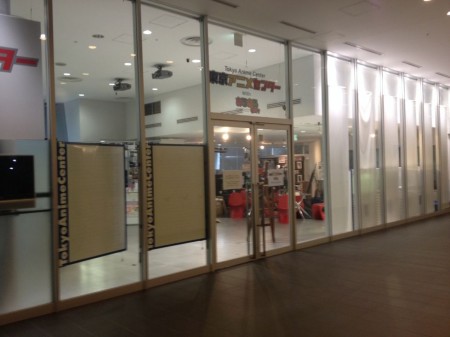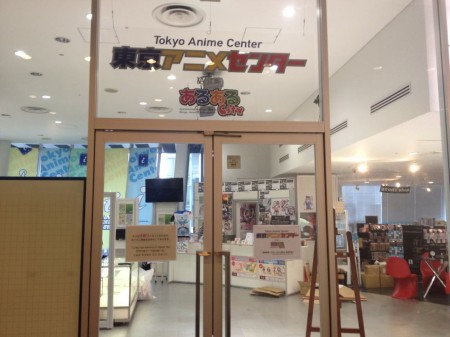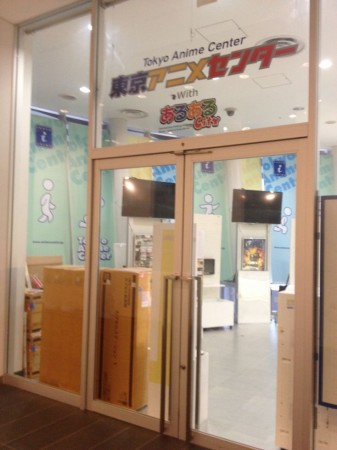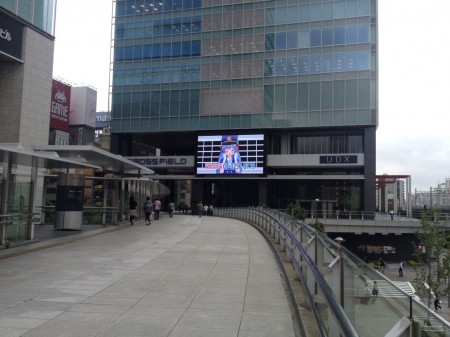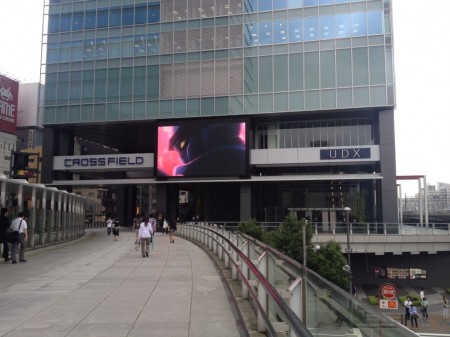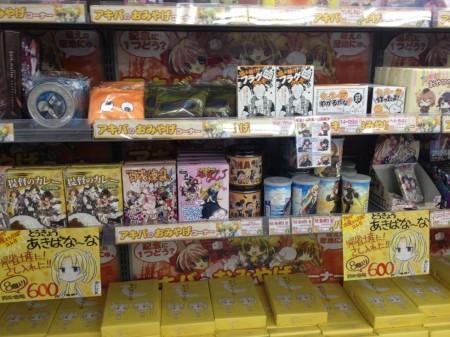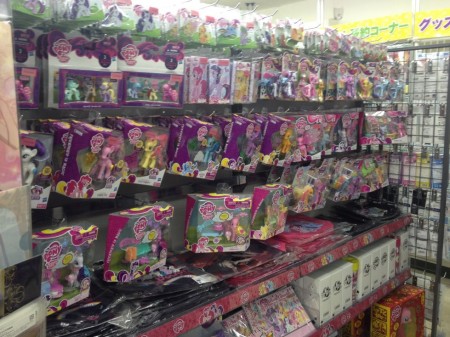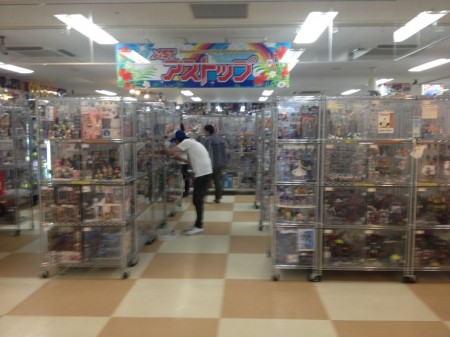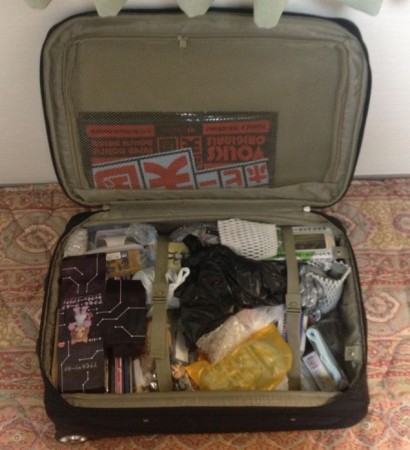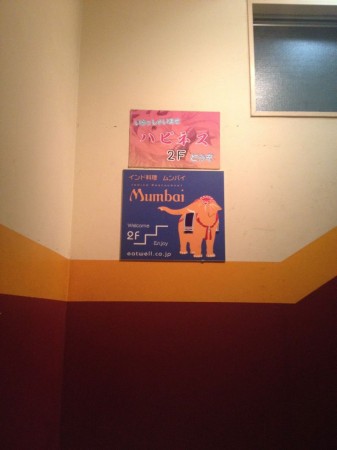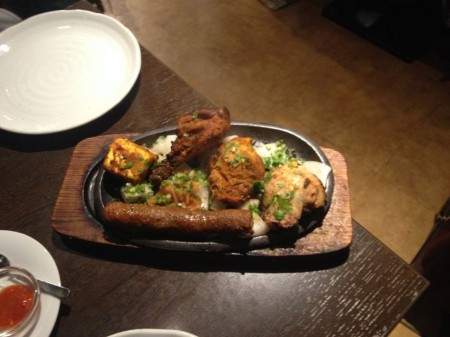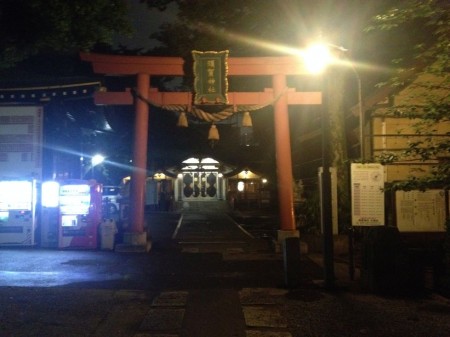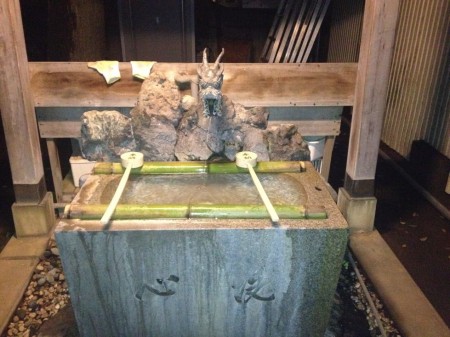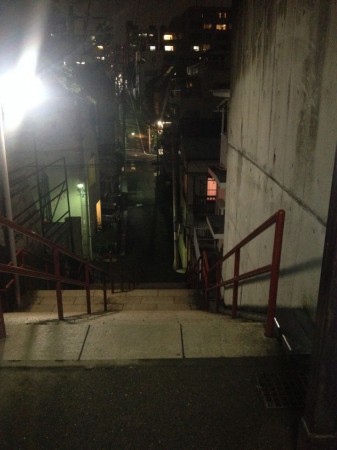Tokyo Revisited Day 16
With the conclusion of my stay in Tokyo approaching its end, I considered how much money I had remaining and how much I’d need, and decided to walk down the street to the bank to exchange $250. The bank was somewhat less crowded on its ground floor this time around; the small third floor lobby was one again deserted. I filled out the form and took a seat. Ten minutes later I received 24,800 yen. On the way out I politely refused a bank employee that encouraged me to register for a Mitsubishi Bank credit card.
Jon & I then went out for lunch. We walked a few blocks down the street and selected an udon & tempura restaurant. My meal of cold soba, a selection of tempura squash, string beans, and large prawn, and two inarizushi cost about eleven bucks. During lunch I suggested to Jon that if he was inclined to assist me Wednesday morning by coming to Tokyo Station with me, in the process, handling one of my two suitcases for me, I’d pay for his train fares and donate my remaining Japanese currency to him. Jon agreed.
After lunch, Jon & I parted ways. My intention was to go to Akiba & Nakano Broadway to make my final purchases. Since the morning had been rainy but the rain seemed temporarily abated, I decided to go to Akiba first. I alighted in Electric Town and initially went to see if the Tokyo Anime Center was open. Once again, it wasn’t. This time around the office’s displays appeared to be mostly taken down, suggesting to me either that the place was in the process of changing its entire exhibit or simply closing down.
On my way out, I stopped on the skyway leading to the UDX building to snap some photos of an Akagame ga Kill trailer and a CG anime promotion for the local fire department screening on the giant LED screen.
I stopped at the open Radio Kaikan building’s ground floor rental cube store to procure the Comic LO gachapon figure that I’d had my eye on for a week. 2,800 yen for it still seemed high, but in a week of searching, I hadn’t found another one available at any price. Taking the time to look carefully, I noticed that the purchasing forms were bilingual. I filled in the rental case number, item number, price and quantity that I wanted, and a cashier accompanied me to fetch the item. After making the purchase I climbed to the second floor where I found the 1,500 yen Yakin Byouto gachapon figure I’d wanted but, to my chagrin, also found another similar figure from the same series. Immediately I knew that I’d always feel regret if I purchased one figure but not the other, so I decided to also purchase the second 1,450 figure.
For most of the duration of my trip I’d semi-deliberately avoided stepping foot in an Animate store or the Gamers store because I was consciously searching for older used goods rather than brand new, contemporary merchandise. But since I peeked into an Animate store the day before yesterday, I’d already broken my streak, so I decided to browse the Akihabara Gamers store. I was really amazed by how big the difference is between the cost of brand-new anime goods and used anime goods was. I’m aware that Japanese culture has a traditional preference and valuation for brand new items, but the market for used anime goods here in Tokyo is booming due to quantity and value. Most used anime figures here in Tokyo cost about 60% less than their new versions cost in the States. Loose Nendoroid-style figures here in Tokyo typically run about five bucks each. The trading figures that we pay $8 to $11 for in America cost $3 here. Doujinshi that cost as much as $20 each at American conventions sell here for as little as a buck each.
I entered the Akiba Culture Zone building, taking the elevator to the A-Stop on the fourth floor to search for the Godzilla: Final Wars X-Seijin figure that I’d seen there before for 100 yen. I couldn’t find it again, so I presumed that it had sold.
At Asobit Hobby City’s third floor, I purchased the $40 Chogokin Hello Kitty that I’d told myself I would purchase back when it was initially announced. I later grew slightly annoyed when I discovered that the toy is actually the exact same price in America, meaning that I could have saved the space in my luggage for something else and purchased the toy after I returned to America.
As I exited the store I passed by the first young Japanese girl dressed in a kimono that I’d seen during my entire stay. But I assumed that she was just an exuberant fangirl because she was also carrying a Rensouhou-chan plush purse.
After some mental calculations, I realized that after accounting for my remaining potential expenses, I’d have only about 1,400 yen in cash left by Wednesday morning. If I was on my own, such a situation would be perfect. But since I wanted to leave Jon with a bit more than fourteen bucks, when the cost of the train ride back and forth would cost 340 yen alone, I decided to delay a trip to Nakano to first determine how much luggage space I had remaining.
As I walked back through Akihabara Station, I noticed a crowd of otaku photographers snapping pictures of tanzaku, “written” by the characters of author Nisio Isin’s “Monogatari” series characters, hanging on a few poles of bamboo, while a security guard observed closely. Again, I paid little mind.
As I returned to Yotsuya, planning on getting currency exchanged once again the following morning, I crossed the street to the small 100 yen shop that I’d previously only patronized for a change purse. On languorous perusal I discovered that the 100 yen (or 108 yen with consumption tax included) shop offered an amazing variety of useful and interesting goods including varying sized clasp-locking document cases, bento boxes, socks, ceramic plates and dishes, large kitchen knives, solar yard lights, assorted size transparent plastic card and placard stands, art supplies, a massive assortment of computer cables and tie-wraps, and even interesting, unique items like reusable plastic handles for carrying plastic grocery bags. I was sorely tempted by an assortment of sizes of 100 yen gachapon display cases. And this was just a very small neighborhood 100-yen store, not one of Japan’s legendary multi-story 100-yen stores. I felt sorely disappointed that I hadn’t discovered that treasure trove that is Japanese 100-yen stores until 48 hours before I left the country. I purchased a hard plastic document case and two square plastic re-sealable containers to place my fragile collectables within so they don’t get crushed by shifting contents, turbulence, and rough baggage handlers during the flight home.
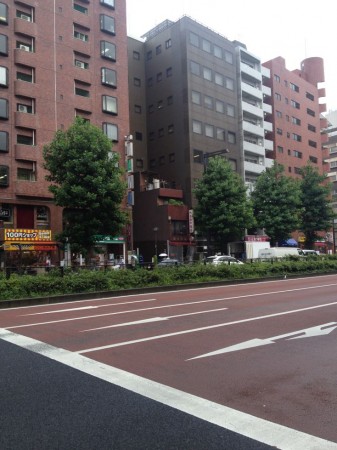
Jon suggested visiting the Tokyo Sky Tree tower tomorrow. The tower is the world’s tallest. However, some online investigation informed me that the wait for tickets could be long, and purchasing tickets reserves an entry time later in the day, not immediate entry. Furthermore, access to the tower’s 450 meter top observation deck costs 3,000 yen, which is expensive by itself, and doubly so when I’m paying for a friend to accompany me. So I decided that my visit to Tokyo Tower during this trip would be sufficient.
I tentatively packed and discovered that one of my suitcases still had a softball-sized space left unaccounted for, my second suitcase had roughly double that amount of space left, and my carry-on contained nothing. Furthermore, to my relief, even my heaviest suitcase weighed only 37 pounds, well under the 50 pound airline limit. So I decided that even if I exchanged another hundred dollars the following morning, I could still return to America without having spent all of money I brought, and I could still manage to secure a few more collectables for myself, along with some small omiyage for friends the following day while having enough Japanese currency remaining to pay for two more meals, a train ticket to Narita airport, and some good-will money to Jon to compensate him for his assistance.
In the evening I told Jon that I was really in the mood for chunks of cooked meat: chicken, beef, katsudon, meatballs. Jon was at a loss for local restaurants that fit the bill, so he suggested Indian curry. I consented, so we walked down to Indian Restaurant Mumbai. The restaurant was packed with young Japanese patrons, including one young lady in a yukata. On the street, a floor below us, I spied another young Japanese couple both dressed in yukata. Jon then realized and informed me that today was the Tanabata holiday.
Due to the exuberant conversation in the restaurant, the decibel level neared pachinko parlor volume, and Jon nearly had to shout his order into the ear of the waiter. I ordered the Tandoori Set, a sampler platter of tandoori meat and cheese that made me lightly sweat, served over a bed of seared onions. I had ice water with the meal and purchased a can of Coke from the vending machine out front. Beverages from most vending machines aren’t especially cheap, but even the most expensive vending machines that charge 160 yen for a 500ml (16 oz) bottle are half the cost of a single glass of soda at most Japanese restaurants.
After I paid our 2,900 yen bill, Jon led the way to a nearby shrine in the hopes that it would be performing a ceremony to recognize Tanabata. The shrine, dark and closed, obviously had already concluded its events for the evening or hadn’t conducted any at all.
